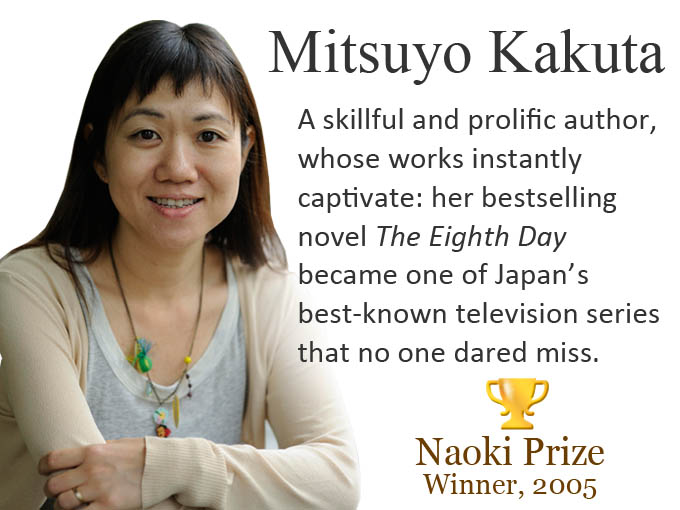- History
Western Authors have been trying to decode and explain the mysteries of ‘Unfathomable Japan’ for over 100 years[UPDATED: 4-18-2025]
The Nobel Prize committee cited Rudyard Kipling’s (1865-1936) writing on the manners and customs of the Japanese when they awarded him his Nobel prize in 1907.
Kipling, an English journalist and author of books including The Jungle Book, visited Japan in 1889 and 1892. No other leading English literary figure of his day is thought to have spent so long in Japan or to have written so fully about the country. Thomas Cook, the travel agency, helped Kipling plan his first trip to Japan and onwards to the United States.
And perhaps ever since this trend of decoding with wit, intelligence and unique insight, ‘the paradox of Japan’ and the nation’s so-called contradictions, and demand for such publications, has continued.
“The impression made on our minds by the people in Japan is, that they are a paradoxical race. They bow down before and worship the most hideous idols, groveling in the lowest form of Paganism, or they rise to the contemplation of the sublimest truths of philosophy,” Lord Redesdale and The Geishas. August 11th 1909.
“While Japan’s history declares them aggressive, cruel, and revengeful, experience proves them yielding, merciful, and gentle,” writes Eliza R. Scidmore (1856-1928) in The Most Paradoxical Race.
The phrase Paradoxical Race was actually used earlier by Arthur Adams (1820-1878), for example, in 1870, in his book Travels of a Naturalist in Japan and Manchuria, as a chapter heading. Other chapters in this book were titled; Unbecoming Custom, and The Literature of Japan.
“We are fully cognizant of the fact that of books on Japan there is no end – many that are truly scholarly, the result of painstaking research. But alas! Also many that are mere impressionistic nonsense, or else wholly biased and prejudiced, either describing the Japanese as new race of supermen or making of them a nation of knaves – dishonest, crafty, and untrustworthy”, write Harold and Alice Foght in the preface of their book Unfathomed Japan, published in 1928. The book also states that: “Japan is really no longer “mysterious” as it has been depicted by a host of writers.”
Despite this, a quick Google search shows that articles such as: Travelling Around Japan: A Cultural Paradox, Japanese Paradox, The Paradox of Harmony, Japan Land of Contradictions, Japan’s Paradox of Wealth, The Paradoxical Japanese History, Paradoxical Japan’s Payday ‘Will Come”, Paradoxical Japaneseness: Cultural representation in 21st century Japanese cinema, are still being written and read.

